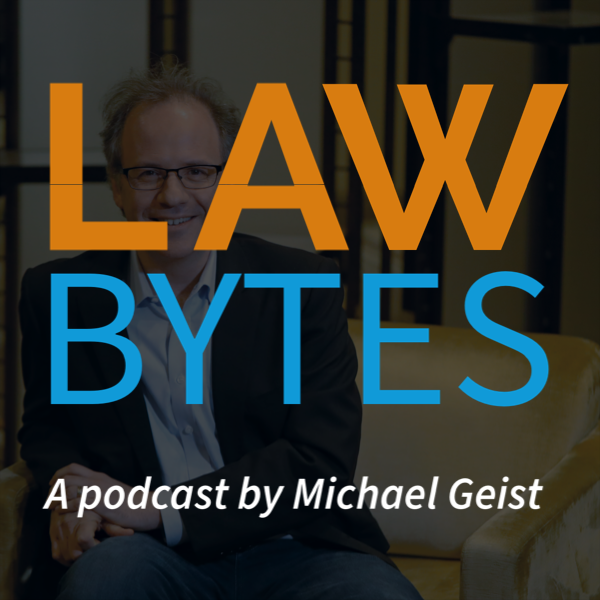My latest Globe and Mail op-ed opens by noting that my grandparents arrived in Canada in 1948, seeking to build a new life after surviving the Holocaust and knowing that most of their family had been killed in the death camps. They settled in Toronto, and in their later years moved to the northern part of the city, where my grandfather would go on daily walks in his predominantly Jewish residential area. He passed away many years ago, but those walks came to mind recently as I watched video of masked protesters roaming the same streets in north Toronto, leaving many residents fearful of leaving their homes.
These protests – which appear to be thinly veiled efforts at intimidation or harassment – target Jews where they live. They’re not aimed at a government office, an institution, a public event, or a high-profile personality; rather, they seem to be targeting individuals based on their religion or political beliefs. The unmistakable signal is that their mere presence in the community is worthy of protest, which in turn requires a persistent police presence just to maintain public safety.
This is hardly the first time that Canada has experienced intimidation or harassment on our streets and community spaces based on race, religion or political beliefs. In 2017, the Soldiers of Odin, a far-right group founded by a self-proclaimed Nazi that originated in Finland, began appearing in Canada, conducting patrols in public spaces and harassing counter-protesters. Soon after, there were anti-Muslim and anti-immigration events in major cities across Canada.
Those events rightly sparked calls for action. For example, the National Council of Canadian Muslims (NCCM) released dozens of recommended policy reforms, including demands that provincial governments mandate that municipalities “pass bylaws to combat and deter street harassment.” It also called on municipalities to pass bylaws that address “hateful verbal assaults and give authorities the ability to ticket and fine when necessary.”
The NCCM is no longer a vocal advocate for such measures, however, and opposes bubble zone bylaws that restrict protests near vulnerable institutions such as hospitals, schools, places of worship, and senior homes. The bylaws, modelled after laws designed to restrict protest near abortion clinics that were upheld by Canadian courts as a reasonable limit on expression rights, have emerged in cities such as Toronto, Vaughan and Ottawa as officials search for answers in response to repeated incidents of hate and intimidation.
The principle is also found in Bill C-9, the federal government’s Combatting Hate Act, which is currently being studied in the House of Commons. It features several measures, including a new provision against intimidating or obstructing access to religious or cultural places. This approach is a useful start, but it does little to address the even more pernicious act of harassment or intimidation in residential neighbourhoods where the targets are everyday people rather than places.
Canada rightly protects freedom of expression and assembly as fundamental Charter rights. But while the speech is protectable, there must be consequences for those with the intent to harass or intimidate others based on their religion or political beliefs.
On university campuses, this is achieved through codes of conduct that establish clear limits designed to ensure the safety and equality of all. For example, the University of Toronto’s antisemitism guidelines specifically identify “restricting the access of Jewish or Israeli community members to university spaces” as a violation. City streets and public venues of course differ from university campuses, but similar protections are needed.
Vulnerable groups have supported a range of alternatives in the past: public-order measures to restrict the location of protests, trespass notices and anti-harassment bylaws, which include noise, disruption and targeted harassment, to deny protest permits. Where the situation escalates, such as during a recent incident near Toronto Metropolitan University, the Criminal Code can be used for offences such as assault, forcible entry, unlawful assembly and obstruction.
None of these measures should be particularly controversial. They all aim to balance expression rights with the right to be free from intimidation and harassment. Yet too many politicians have stayed on the sidelines for too long. As the sounds of protest echo in what were, in my grandparents’ time, quiet residential communities, we are long overdue in protecting vulnerable people in the same way that we protect vulnerable places, so that we can ensure that no one is fearful of going for a walk in their neighbourhood.








Find out how this single mom was able to earn $10k/monthly for working at her home for a few hours a week and how you can do it yourself .. Read More
TAB in my name
Important point — free speech is essential, but it must come with responsibility. Harassment is not ‘expression.
Powerful article! really nails how important free speech is while showing where it needs careful limits. And for a bit of whimsy I’d gladly chime in wearing a Matt LaFleur Green Bay Packers Puffer Vest just to lighten the mood.
These actions are not constructive discourse; they are forms of abuse that harm the safety and 1v1 LOL dignity of others.
This is an important and much-needed discussion. Protecting freedom of expression is essential, but it should never become a shield for targeted harassment or intimidation—especially in residential communities where people deserve to feel safe. Stronger, clearer boundaries around protest spaces can help uphold free speech and protect vulnerable groups at the same time. I’ve been reflecting a lot on how creating safe, respectful environments—online and offline—matters for community wellbeing, something I try to support in my own work as well (more at https://www.staydify.com/
).